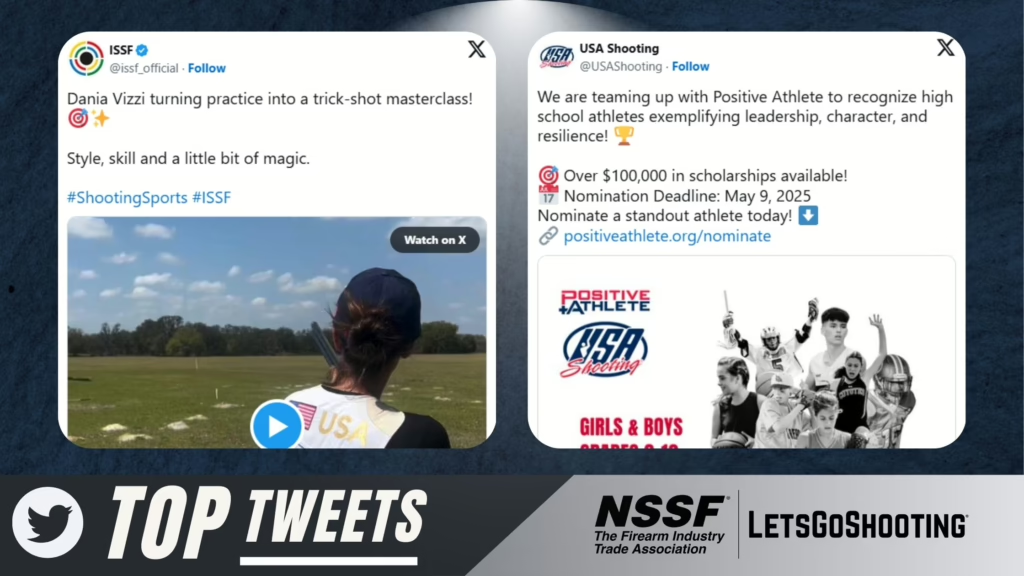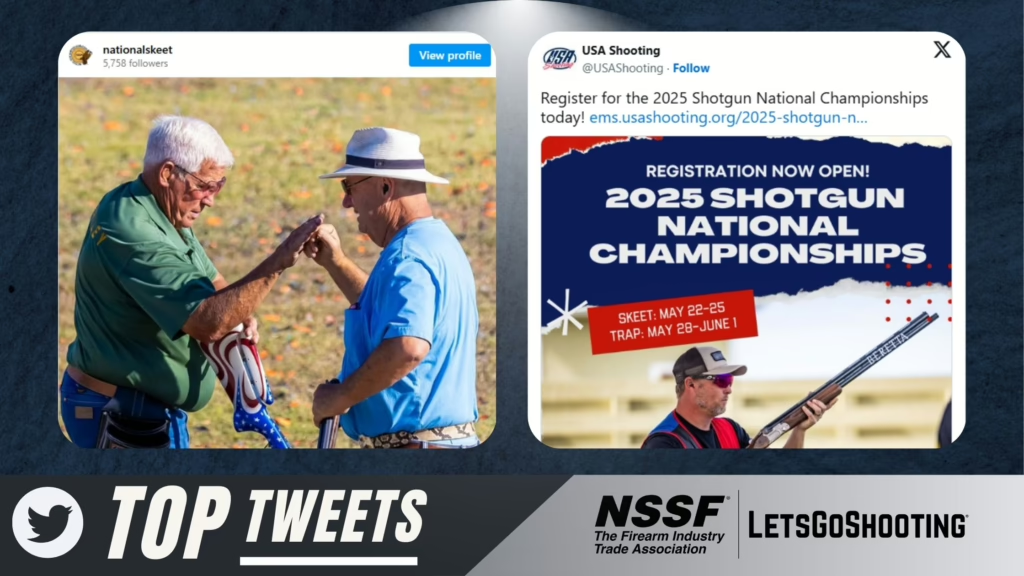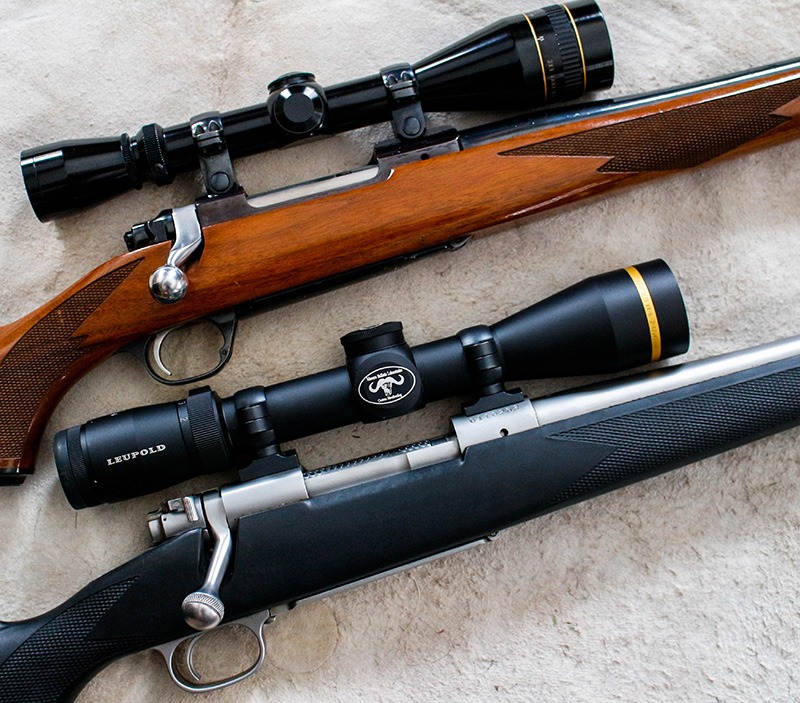
When shopping or reading about centerfire bolt-action rifles, you’ll almost always hear the terms “long-action” or “short-action” used in the firearms’ descriptions. What do these terms mean?
Two things are being referenced in both terms: the length of the rifle’s receiver and the length dimension of the bolt. There are, actually three action lengths—short, long and magnum—but the magnum-length actions are reserved for the longest cases like the .375 Holland & Holland Magnum, .416 Rigby and .300 Remington Ultra Magnum. Most common centerfire cartridges come in short or long actions.
The .30-06 Springfield set the stage for the long-action rifle. This round has a cartridge overall length (or COL, as you’ll see it referred to often) of 3.340 inches. Most of today’s long-action cartridges will fit into a magazine and action of this length. In fact, many long-popular hunting cartridges had their cases designed around this 3.340-inch measurement, such as the .270 Winchester, .280 Remington, .35 Whelen, .264 Winchester and 7mm Remington, as well as much newer cartridges like the .26 and .28 Nosler.
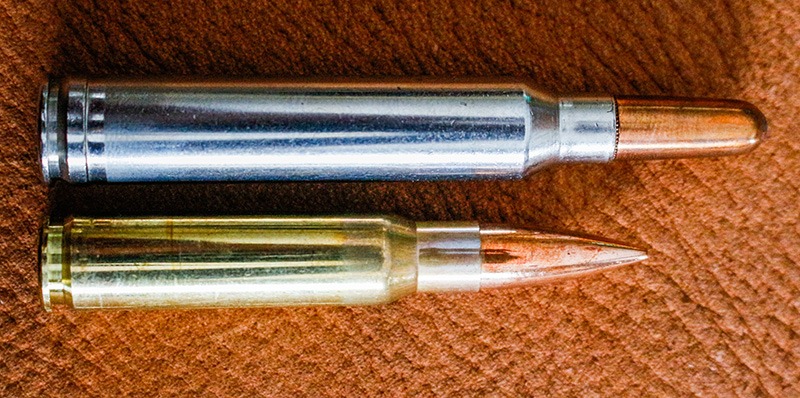
The .300 Win. Mag. on the left shoots from a long-action bolt rifle, while the .308 Win. on the right belongs in a short-action. Courtesy Phil & Suzie Massaro.
Shorter cartridges have been with us since the early part of the 20th century, and the trend to shorten both cartridge length and receiver length by a half-inch or so over the 3.340-inch length of the long-action cartridges resulted in lighter, more rigid rifle. The .300 Savage and the .250-3000 Savage were among the forerunners in the short-action category, but it was the .308 Winchester round, introduced in the early 1950s, that started what was then short cartridge craze. The .308 Winchester quickly bred an entire family of cartridges, including the .243 Winchester, .358 Winchester, and later on the .260 Remington, 7mm-08 Remington and .338 Federal.
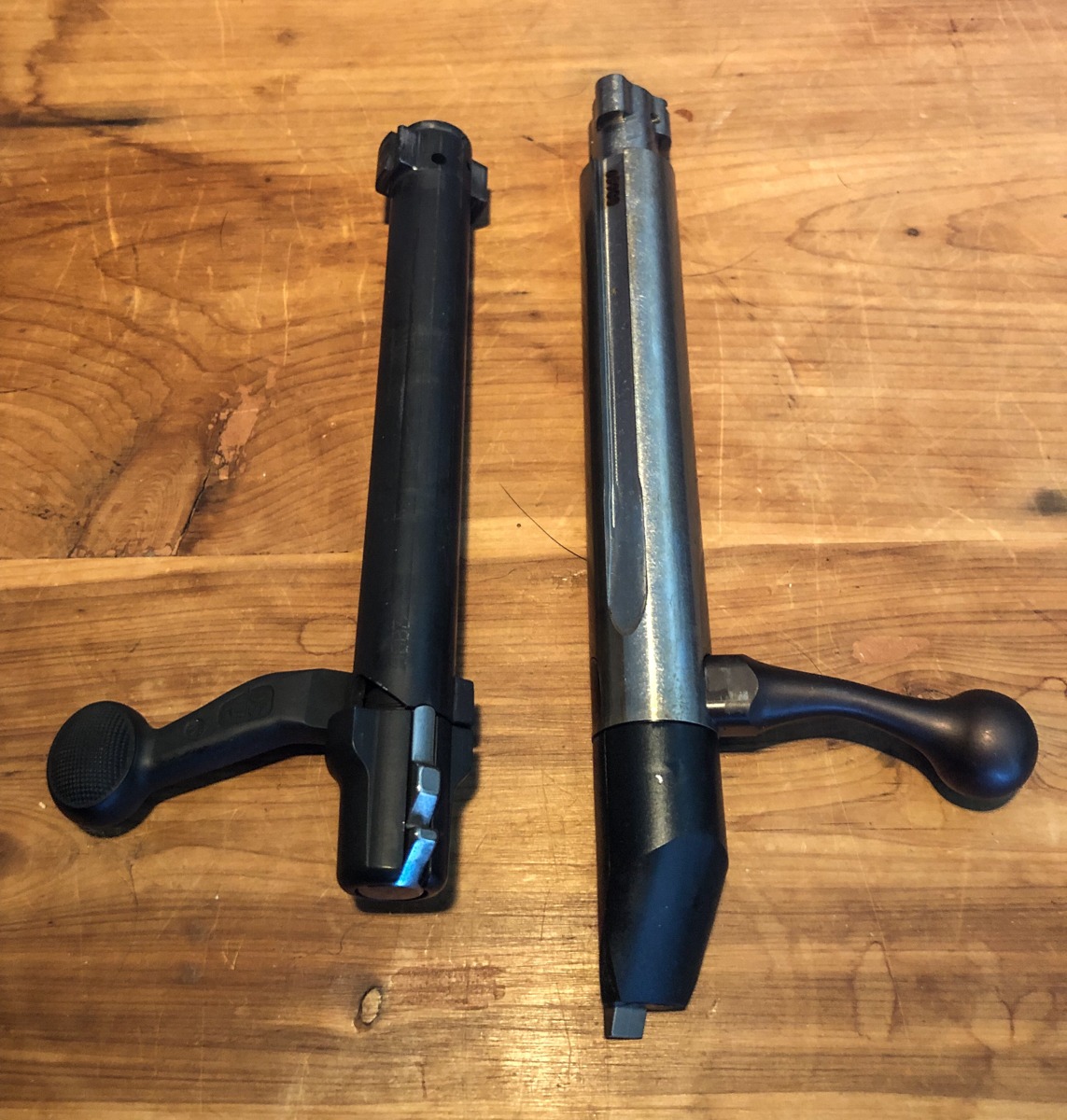
It’s easy to see the difference between long and short-action bolts when they are removed from the action. .308 is on the left and .30-06 is on the right.
The choice of action length is truly a subjective matter. If you enjoy the benefits of a short, light, handy rifle, say for mountain hunting or in the tight confines of a blind, the short-action may be for you. If you’re a traditionalist who enjoys carrying the classic long-action calibers, well, there is absolutely nothing wrong with one of those in a longer rifle. The weight difference between the two is usually right around a half-pound. I sometimes prefer the additional weight of a long-action rifle, say when I’m high in a tree stand, because that extra weight and length can help steady the gun when shooting without a rest. However, if I’m doing some strenuous hiking during a hunt, I often go with a short-action, that half-pound shaved off the rifle a real benefit during a long, active day afield. Really, the choice comes down to the type of hunting or shooting you prefer.
Head to the gun store and feel for yourself the difference between long and short-action rifles, take a look at the ballistics associated with the different cartridges that fall into each class, even borrow rifles in different calibers and action lengths from friends to test fire on the range and you’ll make a better informed decision about what will work best for you.


